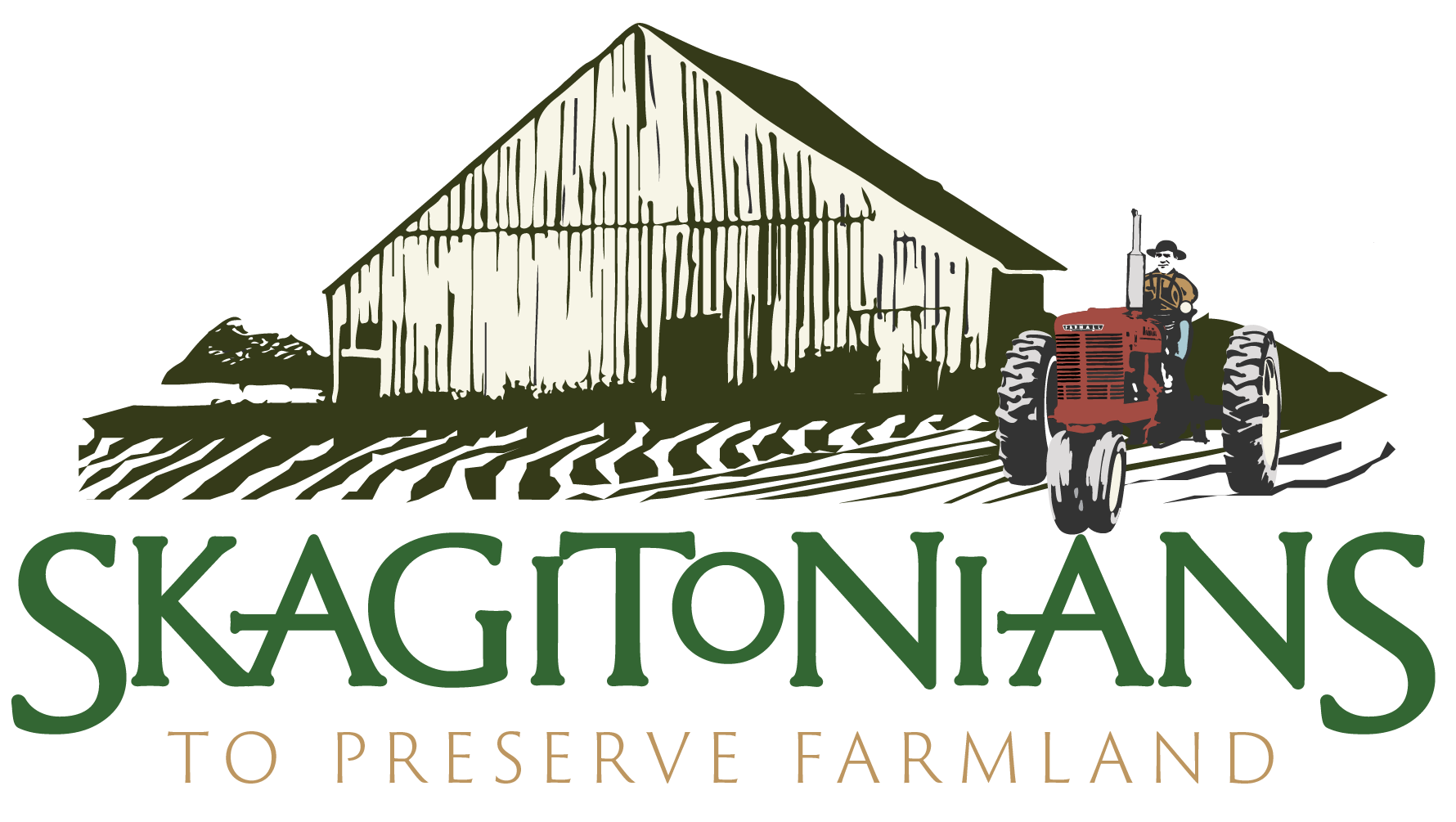This Year's Fruit: Jones Creek Farms
For apple grower Les Price, the toughest part of selling apples is reminding Upick visitors that his orchard is not a vending machine.
“People ask me, ‘why isn’t the apple I got last year available? It’s in the grocery store,’” he says. “I have to remind them that what they are seeing in the grocery store is an apple picked last year.”
At Jones Creek Farms in Lyman, Price grows this year’s apples. All are picked by hand—either by himself and wife Rubylyn or by his Upick customers. From August to October, visitors can pick over 40 varieties of heirloom apples, 14 kinds of pears, and even some peaches—all well-suited to the particular growing conditions in Lyman, just east of Sedro-Woolley. Each one ripens on its own time. The Jones Creek Farm website lets customers know when their favorites will be available.
When they’re ripe, they’re ready. When they’re gone—they’re gone. Western Washington's largest continuously operating Upick apple farm sells a few apples at Seattle markets through the fall—but only varieties that can maintain their flavor and texture for many weeks. Not for this farmer the apple industry standard of picking fruit weeks before it is ripe and storing it in a controlled-atmosphere warehouse.
Apples were not his first choice when Price bought the farm in 1991. He contemplated and discarded the notion of starting a vineyard (costly equipment) and growing greenhouse tomatoes (he hates weeding!). Option three—growing and selling apples and pears along with Korean Rocambole hardneck garlic—was the best fit for farmer and microclimate.
Another plus: his work with renowned orchardist Dr. Gary Moulton in the Tree Fruit program at the Northwestern Washington Research and Extension Center of Washington State University. Located in Mount Vernon, the center focuses its agricultural research on the needs of westside gardeners and farmers.
“I got to experience all the varieties of what works well, and use the station for experiments instead of my land,” says “plant nerd” Price. “I learned a lot from Gary. It was fun!”
Apples like Jonagold, Macintosh and Honeycrisp, he discovered, prefer the hot days and cool nights of Lyman to the much higher heat found in eastern Washington. One reason is what’s called a heat unit, which measures how much heat is accumulated in a day. Heat units or “growing degree days” are so important to farmers, they are included on the weather page of the Skagit Valley Herald.
Plants need just the right amount of heat each day to move forward in their life cycle. Row crops like corn and pumpkins flourish in western parts of the county, where they can get strong heat units early in the season. Apples prefer a cooler start. “Up valley, we have higher heat units, but not until later in the summer,” Price explains.
Fruit also likes weather with contrasts. On the flats, says Price, the ocean “cools the hots and warms the colds”, which can minimize an apple’s sweet and sour flavor contrasts. “Fruit does better in the upper valley,” he explains. Soil drains better, too.
His didn’t, at first. The 30-acre property was a dairy farm that had been abandoned for 14 years when Price bought it. “Brush was coming through fields and it was a chore to restore,” Price says. Jones Creek, which drains from Mount Lyman, flooded often, so Price worked with agencies to create gently sloping banks along the salmon-bearing stream and rehabilitate the flood plain. Ten acres in pasture and trees help slow flood water and prevent erosion.
Over the years Price has developed three separate blocks of Upick apples. One half acre of the 5.5-acre orchard is planted in traditional French and English hard cider apples, including “Puget Spice”, developed by Price and Moulton. His two dozen or so home brewer customers would rather pick from his orchard then try to grow their own. “There’s lots of difference between making cider and growing trees,” he says.
As a perennial crop, apples don’t need to be planted and cultivated annually. Still, plenty of work is involved. Hand pruning and hand thinning are ongoing chores. Trees are taken out and new ones put in. This year Price is replanting the biggest Upick block so that early ripening apples are on the east side and later varieties on the west.
Over the years he has refined his tree selection by planting and testing 400 apple varieties. He knows which ones work best, but now the climate is changing.
“It seems like there is no more normal season or regular closing and opening dates”, he says. While Jones Creek Farms grows many late-ripening apple varieties, “this year, for the second time during a El Niño cycle, we will have to close early, after the first weekend of October.”
Price is also getting older. Succession is “a constant worry”. He’d like to find a young person or couple who would move onto the farm, join in the work through a partnership, and eventually become part or full owners. If they have never grown tree fruit, that will mean starting with the basics.
Meanwhile, he’s grateful for his devoted customer base—the people who take the time to come and pick apples, year after year.
“I thank people for coming to the farm, for the experience, and for giving their kids the experience of picking apples,” he says.
Especially this year’s apples.
Story and photos by Anne Basye: info@skagitonians.org

